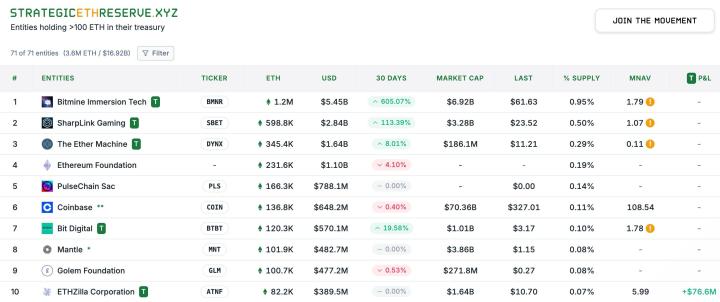Chainfeeds Introduction:
What are the technical characteristics of Arc.
Article Source:
https://www.theblockbeats.info/news/59291
Article Author:
BlockBeats
Perspective:
BlockBeats: The main technical characteristics of Arc: 1) Using USDC as the native gas and stable fee mechanism. Arc uses USDC as the native asset for paying transaction fees (gas), and adopts a fee market mechanism inspired by Ethereum's EIP-1559, but updates the base fee by using an exponential weighted moving average of block utilization, thereby smoothing short-term fluctuations and ensuring transaction costs remain consistently low. In addition to USDC, Arc also plans to support gas fee payments for other stablecoins and tokenized fiat currencies through a dedicated "Paymaster" (a payment channel). 2) Extremely high performance. Arc uses a high-performance consensus engine called "Malachite" based on the Tendermint BFT protocol. This enables deterministic settlement finality, with transactions confirmed and irreversible in less than a second. Of course, there are also validators, with the network secured by a limited, permissioned, and geographically distributed group of well-known institutions. These validators' identities are public, and they must adhere to high standards of accountability and operational guarantees. This easily reminds one of the former Libra. In a test setup with 20 geographically distributed validator nodes, Arc can process about 3,000 transactions per second (TPS), with finality confirmation time below 350 milliseconds. With 4 validator nodes, throughput can exceed 10,000 TPS, with finality time below 100 milliseconds. 3) Optional privacy protection features. Arc's privacy roadmap begins with a "confidential transfer" function that can encrypt transaction amounts, making them invisible to the public, while the addresses of both transaction parties remain visible. This is a very B2B function that protects business-sensitive information. Additionally, for regulatory purposes, Arc's privacy model allows selective disclosure through mechanisms like "view keys," similar to Monero, because many transactions have privacy, but can authorize third parties (such as audit or regulatory agencies) to access specific transaction data. Institutions can always fully view their customers' transactions to meet regulatory requirements like transaction monitoring and travel rules. Privacy features are implemented through a modular backend, initially using Trusted Execution Environment (TEE) technology to handle encrypted data, with plans to integrate more advanced technologies like Multi-Party Computation (MPC), Fully Homomorphic Encryption (FHE), and zero-knowledge proofs in the future.
Content Source







